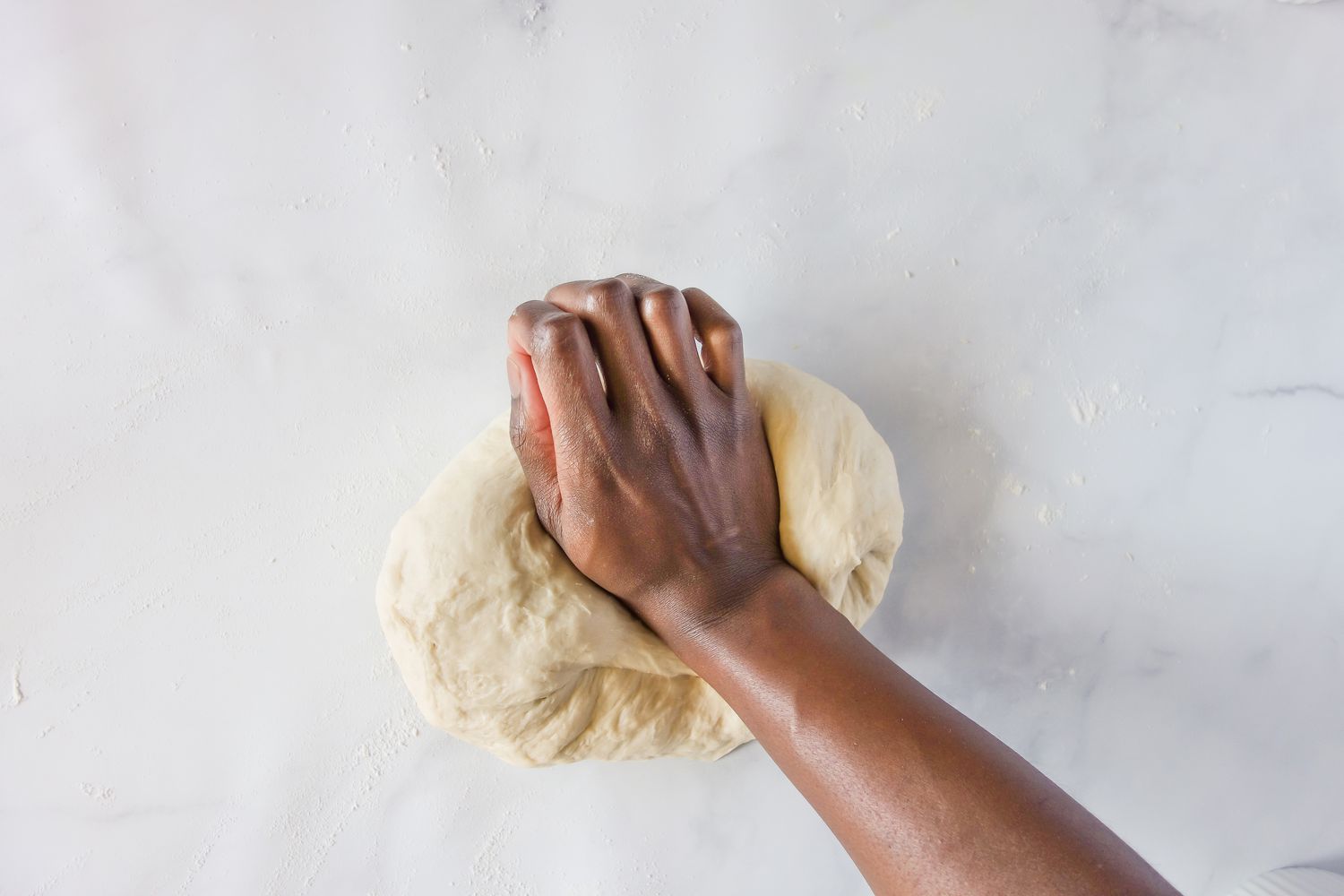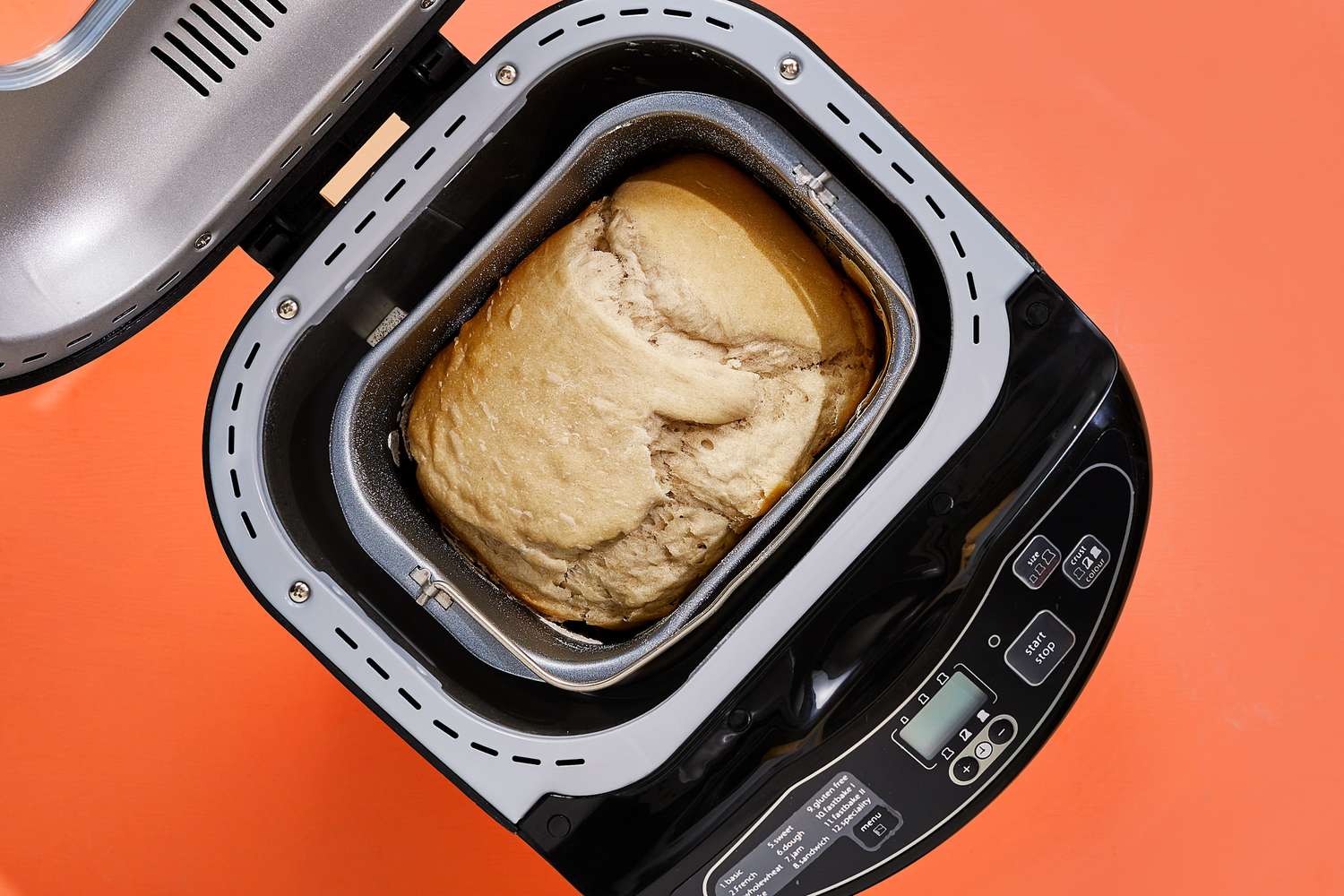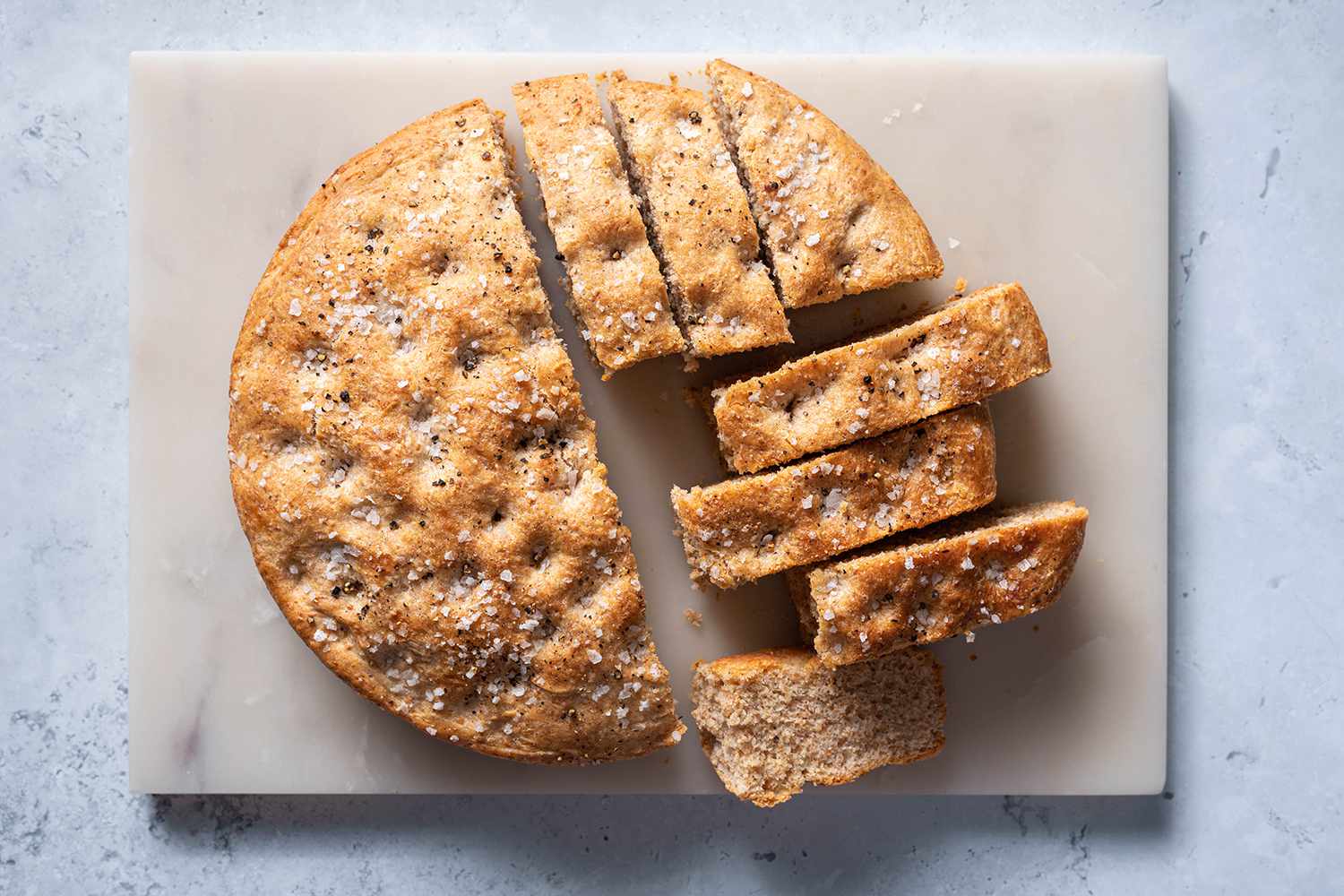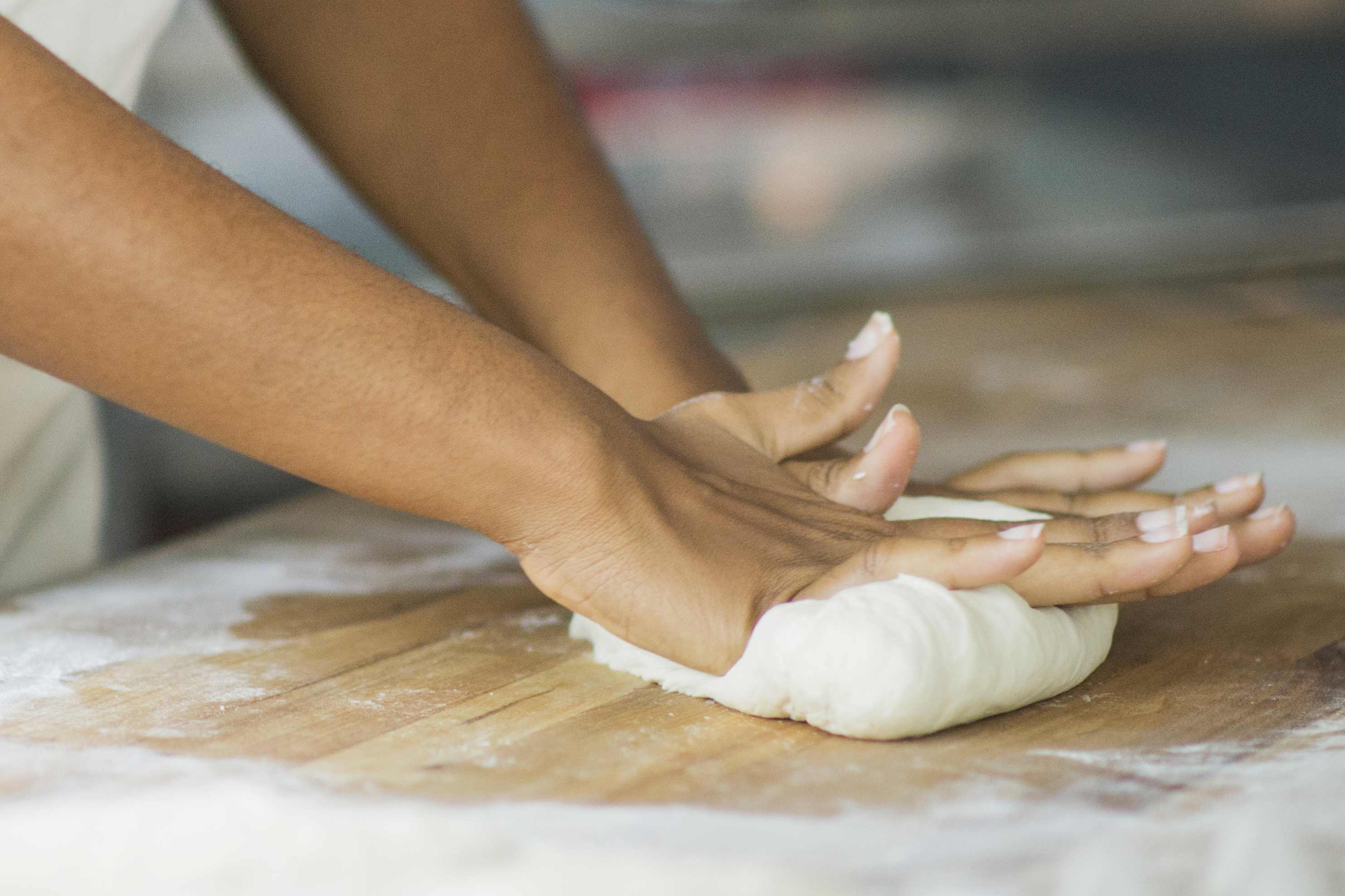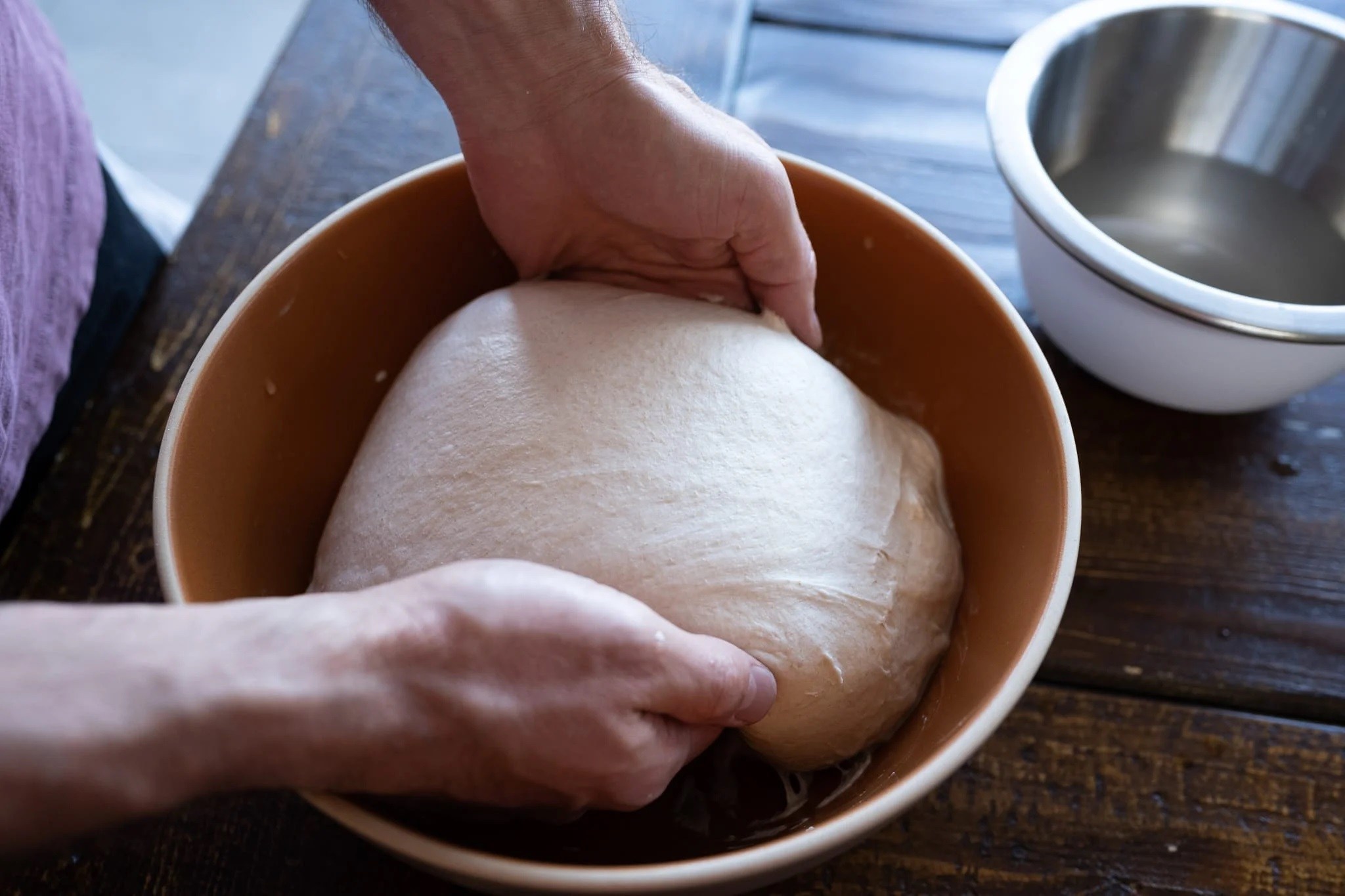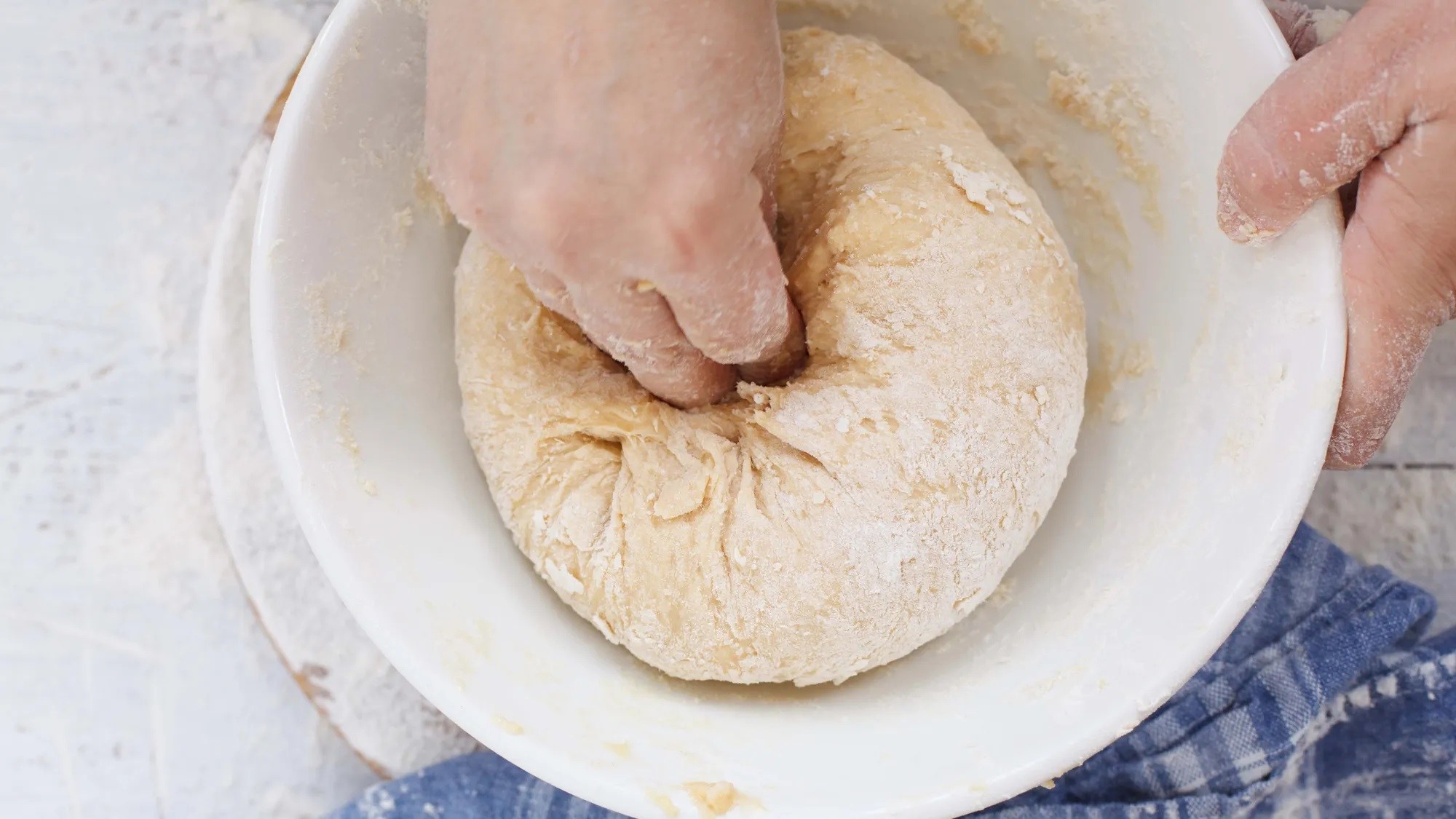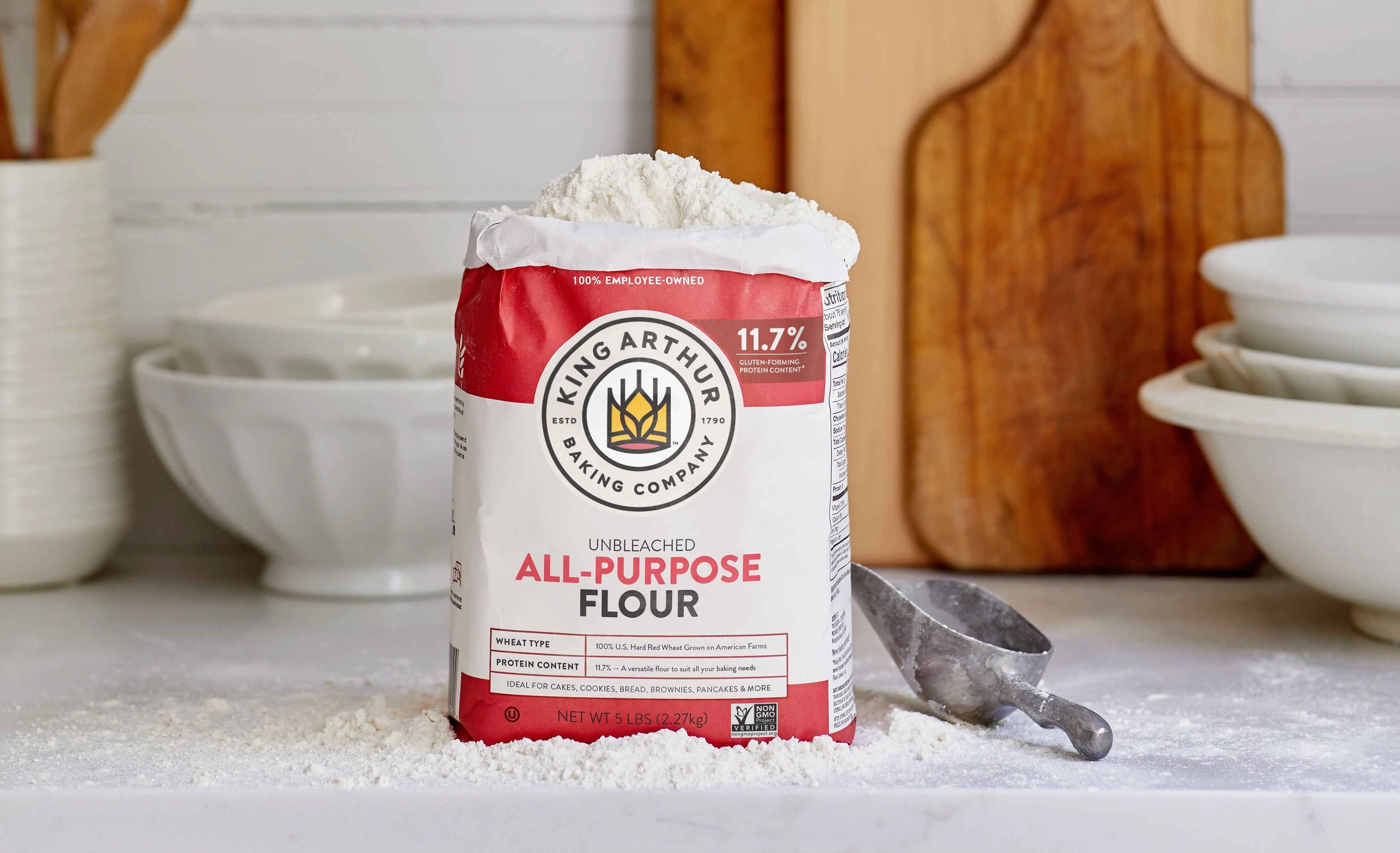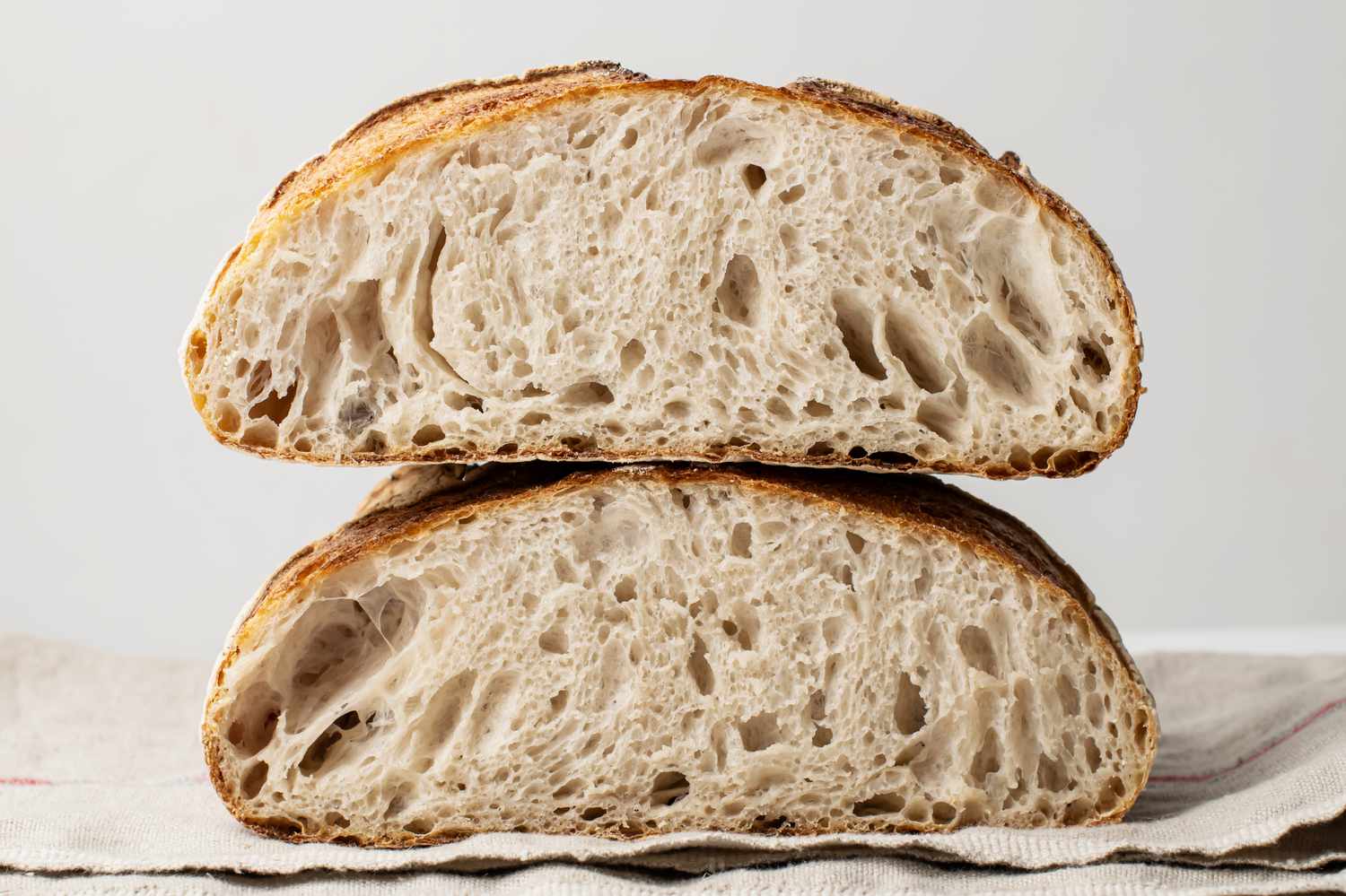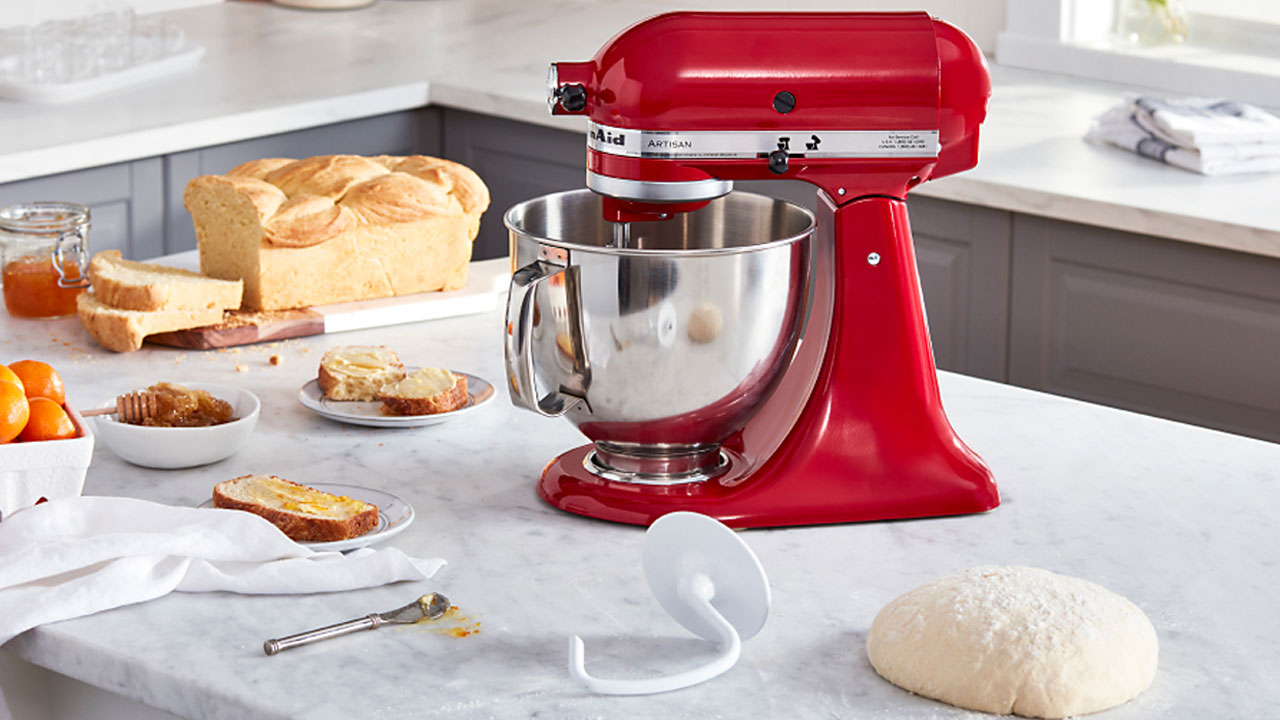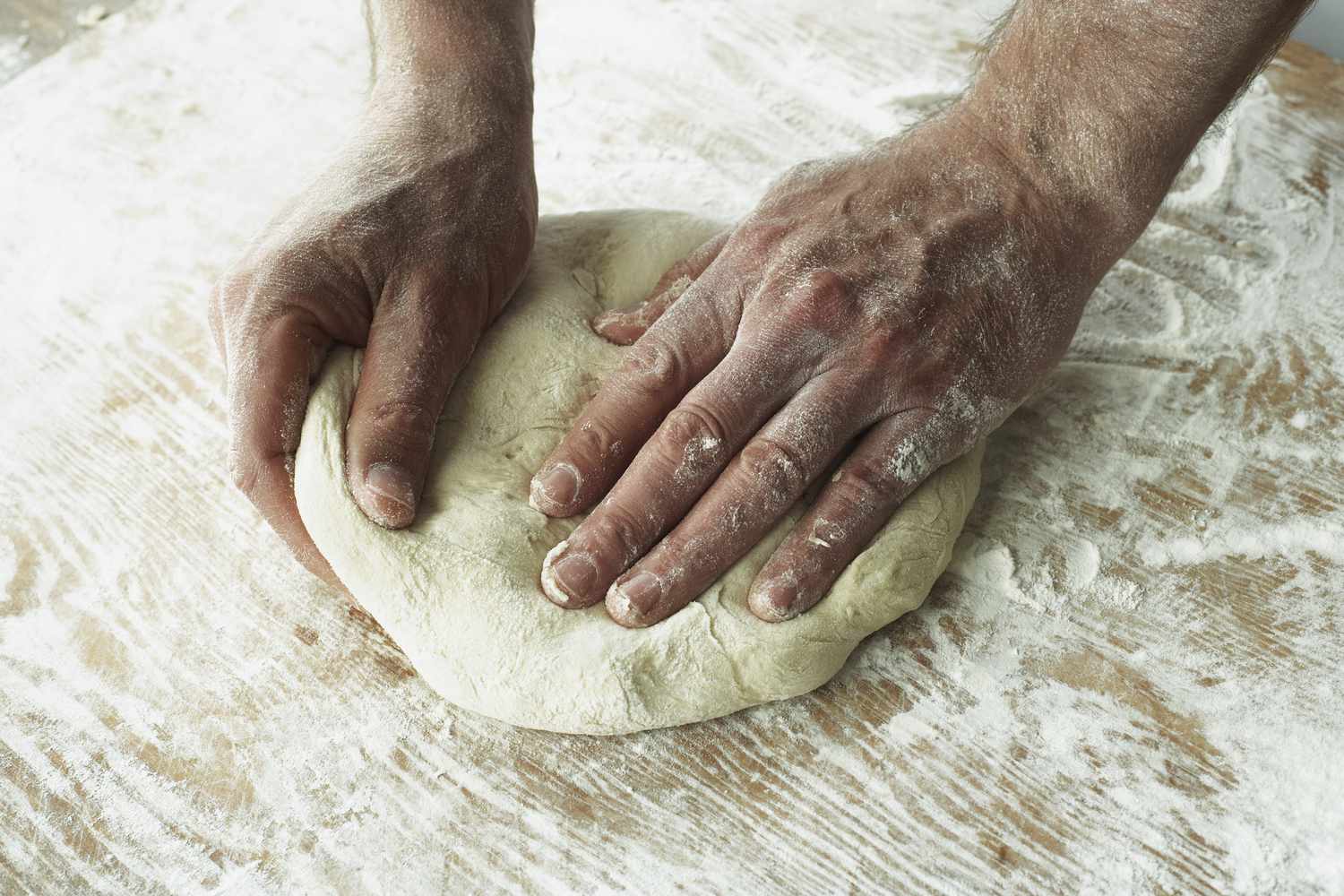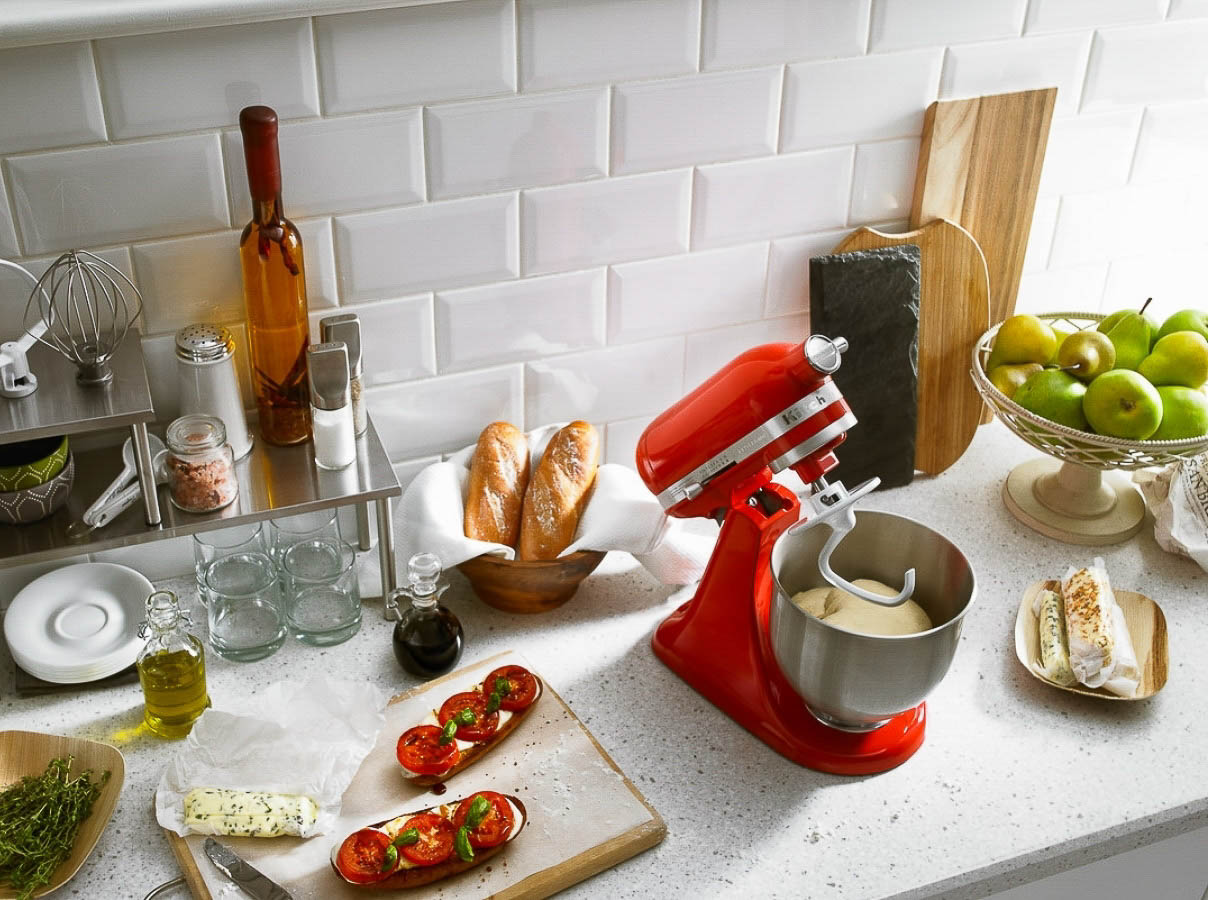Mastering the Art of Kneading Bread Dough
There’s something truly magical about the process of kneading bread dough. The simple act of working flour, water, yeast, and salt into a smooth, elastic dough is not only a fundamental step in bread making but also a deeply satisfying experience. If you’ve ever watched Julia Child effortlessly knead dough on television, you’ll know that there’s a certain grace and rhythm to the process that she made look so effortless. While it may seem daunting at first, with a little practice and guidance, you too can master the art of kneading bread dough.
Understanding the Basics
Before we dive into the nitty-gritty of kneading, it’s important to understand the role of this crucial step in bread making. Kneading serves several purposes:
- Developing gluten: Gluten is a network of proteins that gives bread its structure and elasticity. Kneading helps to align and strengthen these proteins, resulting in a chewy and airy texture.
- Distributing yeast: Kneading ensures that the yeast is evenly distributed throughout the dough, promoting consistent fermentation and rise.
- Incorporating ingredients: It helps to fully integrate all the ingredients, ensuring a uniform texture and flavor.
Techniques for Kneading
Julia Child was known for her meticulous approach to cooking, and her technique for kneading bread dough was no exception. Here are the basic steps to kneading bread dough, inspired by her timeless methods:
- Start with a clean, floured surface: Before you begin kneading, make sure your work surface is clean and lightly dusted with flour to prevent the dough from sticking.
- Form the dough into a ball: Place the dough on the floured surface and gently shape it into a ball.
- Push and fold: Using the heels of your hands, firmly push the dough away from you. Then, fold the dough back onto itself and give it a quarter turn. Repeat this process, applying steady pressure, for about 10-15 minutes. You’ll notice the dough becoming smoother and more elastic as you knead.
- Check for readiness: To test if the dough is ready, perform the windowpane test. Gently stretch a small piece of dough between your fingers. If it forms a thin, translucent membrane without tearing, it’s ready. If not, continue kneading for a few more minutes.
Tips for Success
While the process of kneading bread dough may seem straightforward, there are a few tips that can help ensure success:
- Be patient: Kneading takes time and practice. Don’t rush the process, and allow the dough to develop at its own pace.
- Use proper technique: Focus on using the heels of your hands to push and fold the dough, rather than just pressing it with your palms.
- Adjust flour as needed: If the dough is sticking excessively to your hands or the work surface, lightly dust it with additional flour. However, be mindful not to add too much, as it can make the dough dry and tough.
- Practice makes perfect: The more you knead, the better you’ll become at recognizing the right texture and elasticity of the dough.
Embracing the Art of Kneading
As you embark on your bread-making journey, remember that kneading is not just a mechanical step in the process—it’s an art form that connects you to the ancient tradition of bread making. Embrace the tactile experience of working the dough with your hands, and take pride in the knowledge that you’re playing a vital role in transforming simple ingredients into a delicious, homemade loaf of bread. With a little time and dedication, you’ll soon find yourself channeling your inner Julia Child as you confidently knead bread dough with grace and skill.
Was this page helpful?
Phe lieu phuc loc tai
CÔNG TY THU MUA PHẾ LIỆU PHÚC LỘC TÀI CÂN ĐO UY TÍN – GIÁ CAO – THU HÀNG NHANH – THANH TOÁN LIỀN TAY | GIÁ CAO NHẤT Địa chỉ 1: Đường số 18, phường Bình Hưng Hòa, quận Bình Tân, tp. HCM Số Điện Thoại: 0973311514
